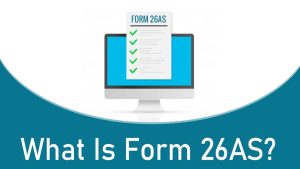A complete guide
ITR 5 is for companies, Limited liability partnerships, Associations of Persons and bodies of Individuals, Artificial Juridical Persons, Estates of the deceased, Estates of the Insolvent, Business trusts, and investment funds.
In the situation of an assessor who is expected to request an audit report pursuant to sections 10(23C)(iv), 10(23C)(v), 10(23C)(vi), 10(23C)(via), 10A, 10AA, 12A(1)(b), 44AB, 44DA, 50B, 80-IA, 80-IB, 80-IC, 80-ID, 80JJAA, 80LA, 92E, 115JB or 115VW from AY 2013-14 onwards, the report shall be submitted digitally on or before the date of filing of the return on revenue.
Who should file ITR-5
An individual becoming a corporation, LLPs, AOP, BOI, artificial legal person attributed to in section 2(31)(vii), deceased state, insolvent estate, business trust, and investment fund, cooperative society, and local government may be included in this context.
That being said, an individual who is mandated under sections 139(4A) or 139(4B) or 139(4C), or 139(4D) to file a return of income should not use the same form.
Read – Mistakes to avoid filing ITR
Major Changes in the ITR-5 AY 2020-21
The primary modifications in the AY 2020-21 ITR-6 Shape are summarized below:
1. Name, form of business, PAN, quantity movement, and transaction during the financial year must be included in the descriptions of transactions in unlisted equity shares.
2. Separate Schedule 112A for the measurement of long-term capital gains from the selling of STT-liable stock shares or corporate trust units.
3. Information on the tax on secondary transfer price changes under section 92CECE (2A).
4. Information on the applications for tax refunds relating to savings or payments or costs accrued between 1 April 2020 and 30 June 2020.



